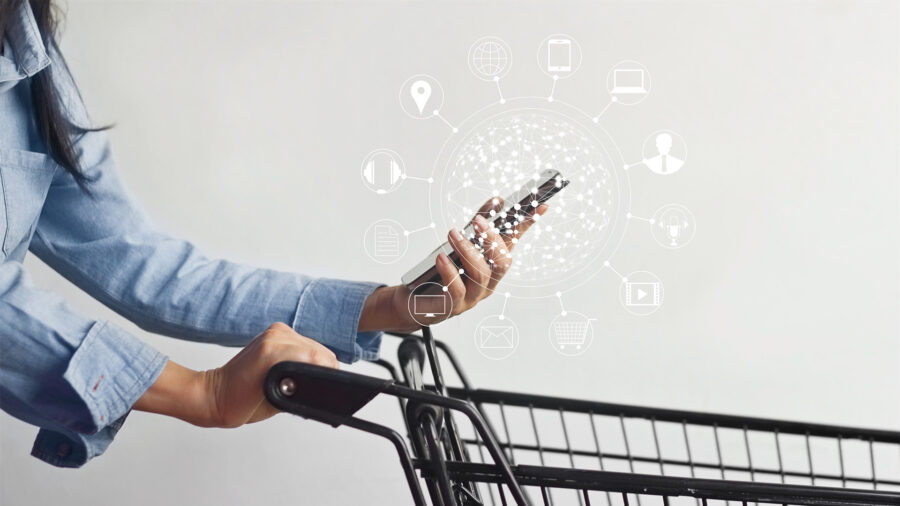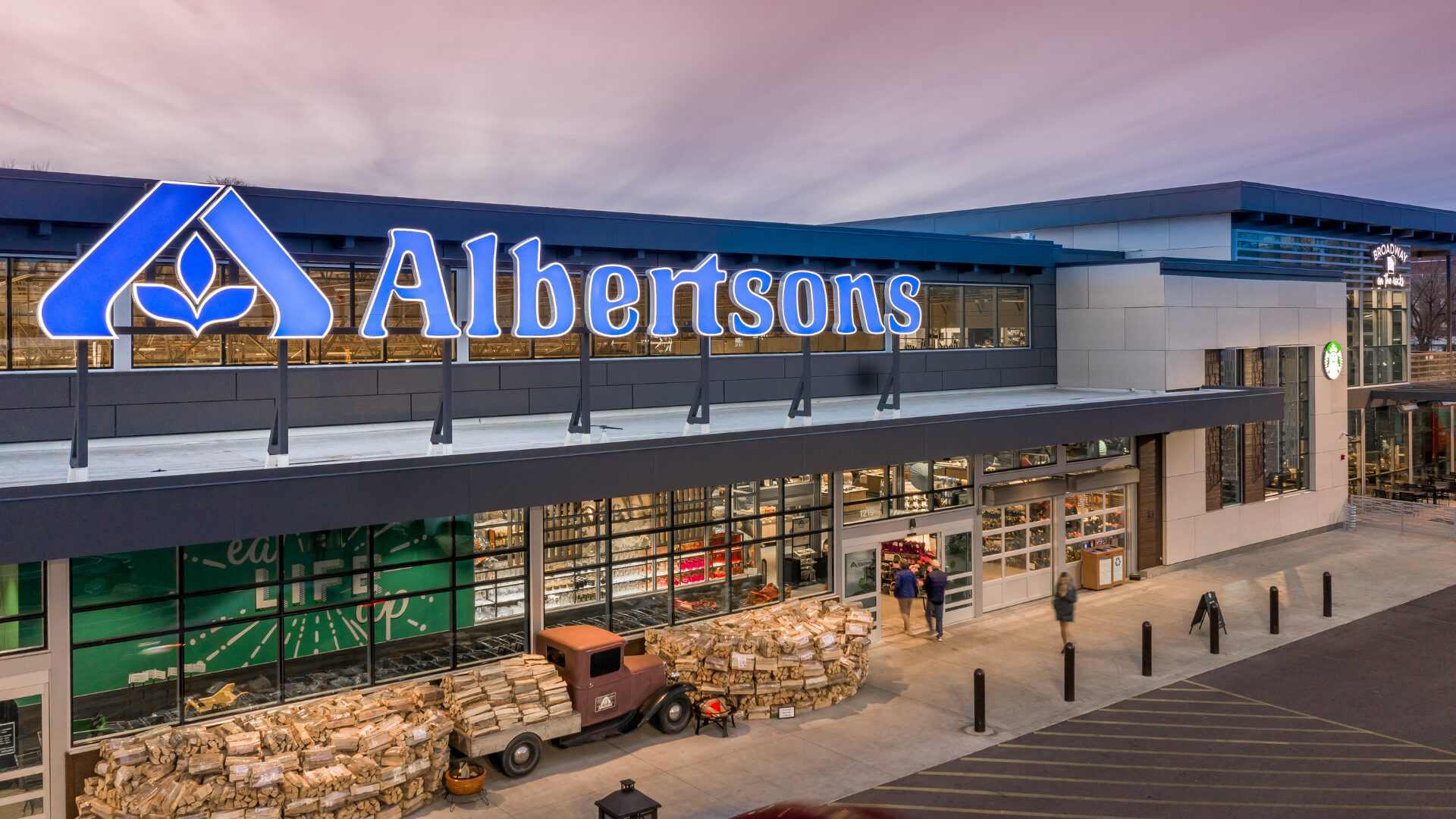Adapting to inflation, changing consumer preferences, and omnichannel has been a challenge for Latin America’s grocery industry.
Nevertheless, in the past few years, retailers in Latin America have developed innovative strategies to create resilient products and services. Analysis of McKinsey’s recent report shows that Latin America´s grocery industry is projected to grow 5% in 2023, placing it among the top performing regions in the world.
Latin America has highlighted four impactful trends for retailers recently, including:
4. Private brands have been elevated
Consumers are increasingly demanding healthier products. This has created a need among retailers to adapt their assortment and create private brands to meet the demand.
Therefore, retailers are building partnerships with strategic suppliers to offer, for example, sugar-free, organic, non-GMO, gluten-free and plant-based products. This provides several benefits, such as having control of the product’s quality and providing transparency to consumers, thus increasing trust in the brand.
However, creating private brands and adapting assortment can be challenging, and that’s why retailers must identify best practices for brand strategy, pricing, sourcing and the organization and operating model. It’s also imperative to include proprietary tools and analytics to assess the strategy’s effectiveness – especially when compared to the performance of competitors.
Grocery retail in Latin America is evolving rapidly, and consumers are demanding products that respond to their needs. For this reason, retailers are implementing technology and data analysis to create strategies that can provide personalized products to customers.
3. Channel switching according to purchase preferences
Consumers have demonstrated a preference to use multiple channels for shopping of late. For example, for fresh foods like vegetables and fruits, modern consumers often prefer going to a physical store, but if they’re simply going to buy flour they prefer to order online.
For this reason, it’s important that grocery retailers maintain a high shopping experience in all channels. In Latin America, physical stores account for nearly 90% of grocery spending, while online channels account for close to 11%, according to McKinsey’s report – though online shopping gained ground in recent years, especially when COVID-19 arrived.
The challenges of online channels involve penetration and frequency of use. Consumers prefer to frequent physical stores during the week, because of the personal contact and the elevated shipping costs for online purchases. Nevertheless, grocery retailers can work in promotions strategies and lower delivery costs to promote online purchases.
2. Technology and analytics
One of the most important trends in grocery retail in Latin America is investing in digital tools and advanced analytics capabilities to learn consumers’ behavioral habits.
Providing personalized shopping experiences, based on data, could increase the revenues of retailers. In McKinsey´s study, one grocery retail company was found to have increased revenue 1.5% by investing in data driven personalization.
Nowadays, there are diverse tools that not only analyze consumers’ buying behavior, but also have algorithms to determine the most effective methods of communication for each consumer. Additionally, using technology could decrease the costs of campaigns by 50%. This allows the retail industry to tailor products and services to specific consumer segments with up-to-date information.
1. A focus on loyalty
In the grocery retail industry, personalization is becoming an essential factor for loyalty growth. Personalization allows retailers to build stronger relationships with their customers. According to a study by Coresight Research and Sailthru, 71% of consumers will shop more often with brands or retailers that personalize their communications.
Creating personalization strategies can strengthen loyalty and increase retention, engagement and sales. One extensive report about personalization trends shows that it’s a proven strategy for generating a solid ROI.











